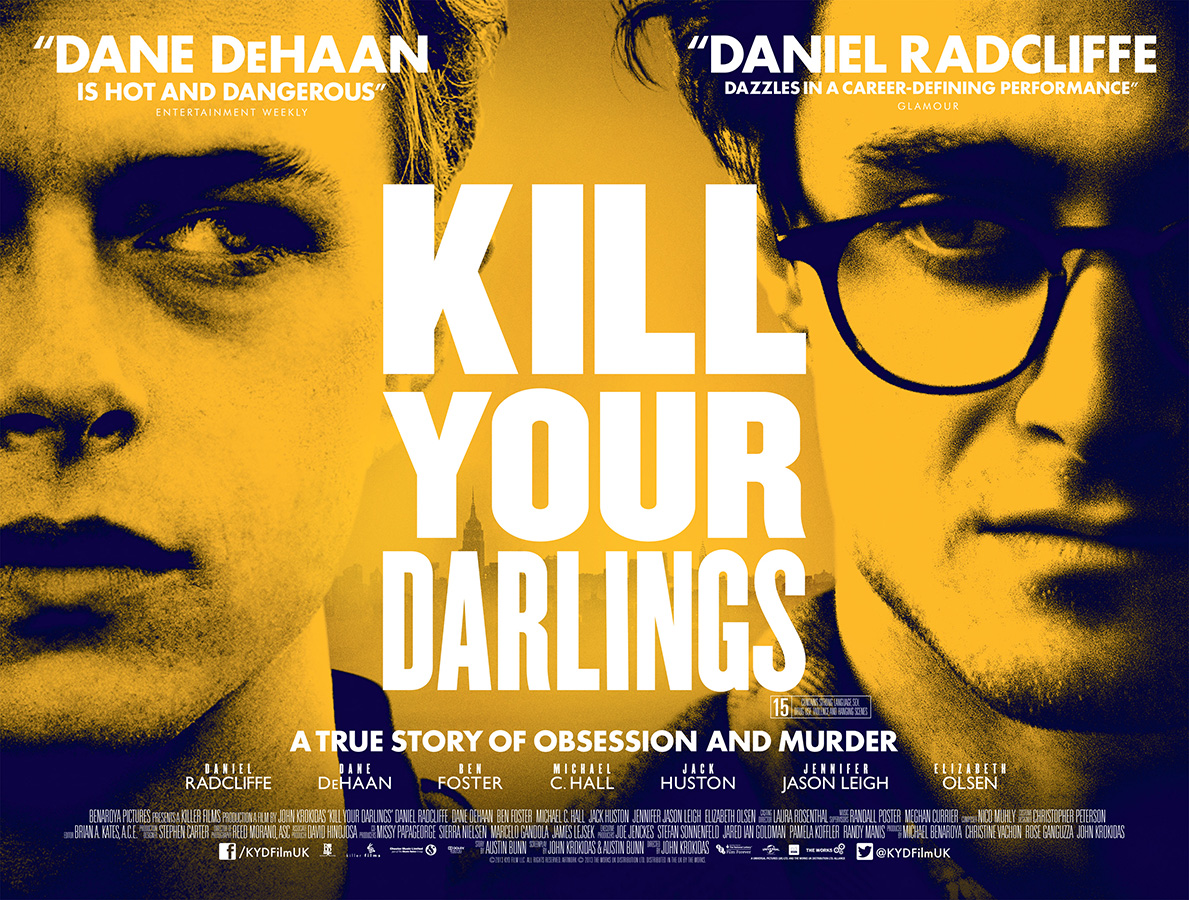Apologies in advance for cluttering the blog with yet
another post on horror cinema, but I attended a screening recently that reminded me of a topic that has been bouncing around in my head for some time now.
So, in my last post, I mentioned that I would be seeing
The Exorcist at Cornell Cinema on Saturday. It was my first time experiencing the horror classic and it should come as a surprise to no one that I thought it lived up to the hype. The film was extraordinary- a slow burn character drama with a heavily atmospheric supernatural spin. However, despite being impressed, I never found myself to be
scared, at least not in the way I expected to be. Having seen the endless parodies and copycats produced since the film's release, I was desensitized to the terror on screen, but still drawn to it, fascinated, studying how it worked. Compared to modern mainstream horror, the pacing was unnatural and the beats were unusual. There was a distinct absence of jump scares and the thrust of the film was clearly toward its tragic narrative and the complex characters that inhabited it. How radical that must seem now, as Hollywood appears to have it the other way around these days.

This all leads to the question: "What has happened to horror?" Obviously, the genre is still thriving and will continue to thrive as long as cinema exists and people still have the capacity to be afraid. No, what I'm getting at is the exact nature of contemporary horror, at least as far as Hollywood is concerned. It may be unfair to say this, but: Where has the creativity gone? What has become of the genre's formerly radical position? Every year, plenty of horror films come out of the the studio system, but rarely do they have something new to offer. When it isn't the same possession film we've seen a million times (
The Last Exorcism, The Devil Inside, Devil's Due, Deliver Us From Evil, The Rite, The Possession), it's another derivative, unnecessary found footage attempt (
Apollo 18, Chernobyl Diaries, As Above So Below) or worst of all, yet another remake, reboot, sequel or prequel to a beloved horror series (Too many to list). How many times must we revisit
The Texas Chainsaw story? Does Michael Myers need to be resurrected again? Did anyone ask for a prequel to
The Thing or a sequel to
The Blair Witch Project?
 |
| The last horror icon? |
How about some new icons of slashers and chillers? I know it's easier said than done, but I'd appreciate the effort at the very least. When was the last time an iconic character was created in the genre? Jigsaw? That was 10 years ago! Captain Spaulding? 11 years ago. And before that? Ghostface (18 years back)? Chucky (26 years)?
I think it's time we stop re-doing and ripping off old classics. Take a chance, Hollywood! Horror is possibly the cheapest type of film to make precisely because of the absence of stars, elaborate sets and big-time effects. In this day and age, it's rare for a horror movie not to make a profit because most of them are made for almost nothing. Look at the recent film,
Oujia, for example. Critics hated it and I have yet to speak to a single general audience member who liked it, but financially, it was a huge success because it was made on $5 million, eventually grossing almost 10 times that figure.
As Above So Below was made for the same amount and opened to mediocre reception from audiences and critics...it made 8 times its budget. Do I need to go on? Last year's
Dark Skies made $26 million at the box office. That would be a fairly sad number for most films, but when your production cost $3.5 million, it's pretty fantastic. What I'm saying is: there isn't much room for a loss, so why don't studios take a chance on more original material? Some of the genre's biggest game-changers were made for nothing and went on to become enormous hits (
A Nightmare on Elm Street, The Texas Chainsaw Massacre, The Blair Witch Project, The Evil Dead, Saw, Paranormal Activity...all made for less than $2 million, most for less than $1 million).
Last to mention is a type of horror cinema that seems to be going extinct in Hollywood. About two months ago, I watched
The Changeling. Made in 1980 and starring George C. Scott, it was a solid haunted house film rooted more deeply in its storytelling and grief-stricken main character than the scares it produced (Kind of like the approach
The Exorcist had). Unfortunately, films like
The Changeling are barely attempted anymore and when they are, it's done by independent filmmakers, their work only occasionally picked up for wide distribution (See: this year's
Oculus or
The Babadook). Is it just to be expected that our rapid consumption, instant gratification-based society would not be able to handle such internal, psychological material? I'd like to think that isn't the case. Even with the dominance of "quiet, quiet, boo scares, " I want to believe that if
The Exorcist opened today, it would still be a hit, but then again, maybe people would call it "boring" and "slow" and it would fly under the radar...Food for thought, most definitely.


















































